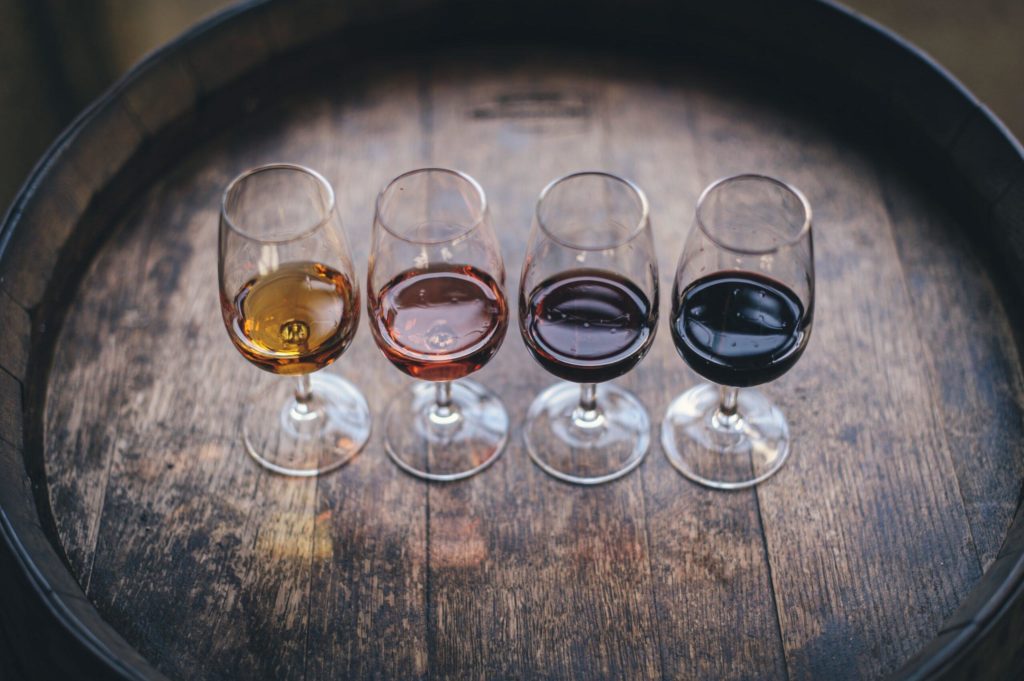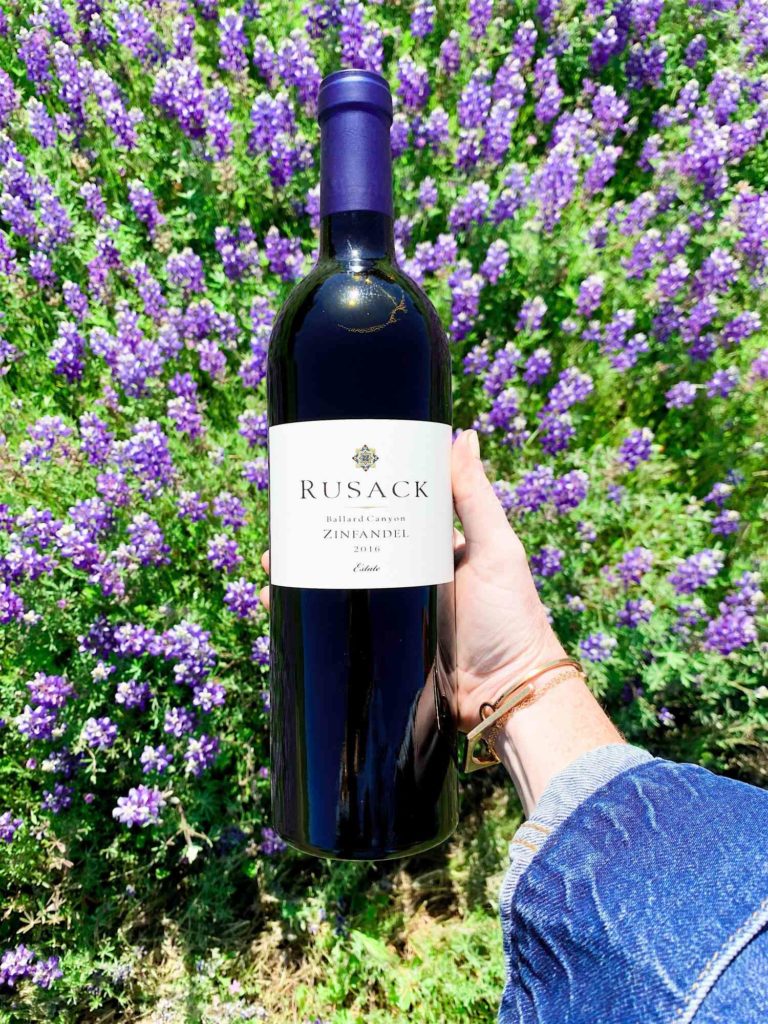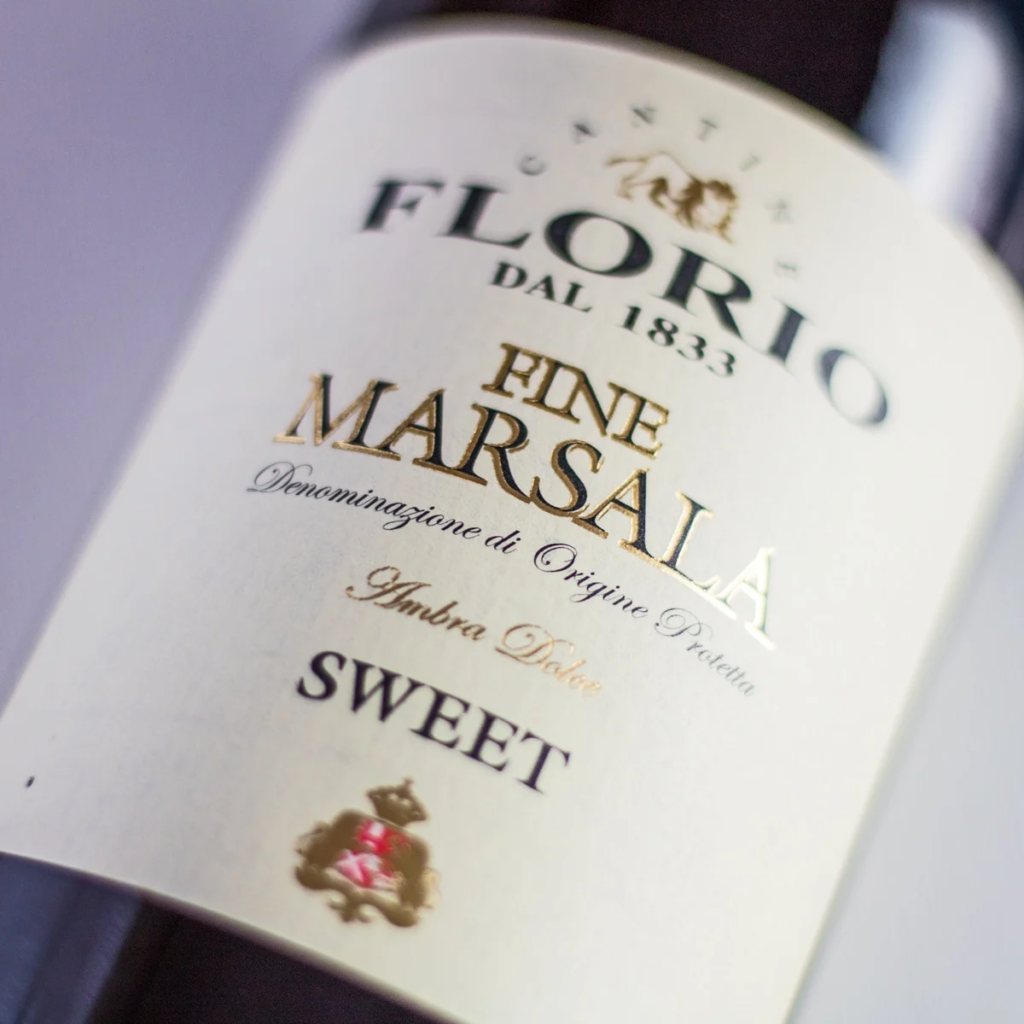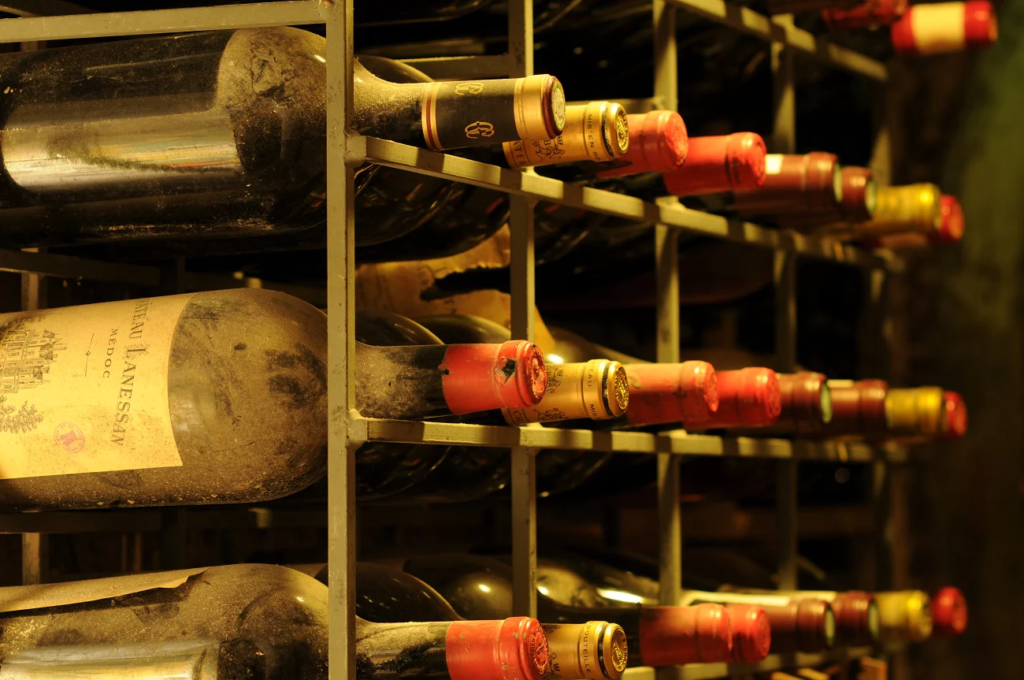Embarking on an adventure through the arena of wine is comparable to exploring a big panorama of flavors, aromas, and cultural traditions. Among the myriad forms of wine, a few stand out for their boldness, richness, and electricity in the highest alcohol content wine. In this exploration, we delve into the world of the strongest wines, each bottle presenting a unique story of terroir, craftsmanship, and indulgence. From the sturdy depths of Shiraz to the luscious sweetness of Port, these strongest wines captivate the senses and invite us to take pleasure in moments of sheer pride. In this comprehensive guide, we’re going to discover the factors that contribute to their strength, delve into tasting notes and meal pairings, and have a look at accountable consumption practices. Whether you’re a seasoned oenophile or an adventurous novice, be part of us in this adventure as we improve our glasses to the arena of the strongest wines and the pleasures they create. Cheers to the exploration ahead!
What Makes a Wine Strong or Strongest Wines?
When we talk about the electricity of wine, we’re regarding its alcohol through extent (ABV) percentage. This percentage represents the percentage of alcohol gifts in the wine relative to the whole extent. Understanding what contributes to a wine’s energy can beautify your appreciation of its characteristics and help you make knowledgeable picks while selecting bottles to revel in.


Factors Influencing Highest Alcohol Content Wine:
- Grape Variety: Different grape varieties have various stages of natural sugars, which are converted into alcohol in the course of fermentation.
- Climate: Warmer climates tend to provide grapes with higher sugar levels, resulting in wines with better alcohol content material.
- Ripeness at Harvest: Grapes harvested at full ripeness contain more sugars, leading to higher alcohol levels within the resulting wine.
- Fermentation Conditions: Factors together with temperature, yeast choice, and fermentation duration can affect the final alcohol content material of the wine.
- Winemaking Techniques: Techniques such as chaptalization (including sugar before fermentation) or fortification (adding spirits) can increase the alcohol content of wine.
Impact of ABV on Taste and Texture:
- Flavor Concentration: The highest alcohol content wine can intensify the flavors in wine, making it taste richer and more strong.
- Body and Mouthfeel: Wines with better alcohol content often have a fuller body and richer texture, with a sensation of heat and viscosity on the palate.
- Balance: Alcohol can affect the stability of a wine, with higher stages occasionally overpowering other flavors and aromas if no longer nicely integrated.
- Perception of Sweetness: Wines with higher alcohol content material may taste sweeter because of the perception of alcohol’s sweetness at the palate.
- Aging Potential: Wines with higher alcohol content generally tend to age greater slowly, as alcohol acts as a preservative, contributing to the wine’s sturdiness and improvement of complex flavors over time.
The Strongest Wines Around the Globe:
Exploring the world of strongest wines with improved alcohol content material unveils a spectrum of flavors, aromas, and cultural significance. From bold reds to fortified delights, here are a number of the strongest wines from around the globe, each supplying a wonderful flavor of their terroir and winemaking traditions.
Shiraz (Syrah):
- Alcohol Content: 15.5% ABV
- Origin: Originally from the Rhône Valley in France, Shiraz is now widely cultivated in areas along with Australia, California, and South Africa.
- Tasting Notes: Shiraz wines are acknowledged for their formidable flavors of dark culmination, spice, and sometimes a touch of pepper. They often exhibit a full-bodied texture and organization tannins, making them ideal for getting old.
Grenache-Syrah-Mourvèdre (GSM) Blends:
- Alcohol Content: 15.5% ABV
- Origin: These blends originated in the southern Rhône region of France however are now produced in various wine regions worldwide.
- Tasting Notes: GSM blends combine Grenache’s fruitiness, Syrah’s spice, and Mourvèdre’s shape harmoniously. They typically feature flavors of red and black fruits, in conjunction with notes of herbs and earth.
Zinfandel:
- Alcohol Content: Up to 16% ABV
- Origin: While Zinfandel’s specific origins are debated, it has emerged as synonymous with California, in which it prospers in regions that include Sonoma and Paso Robles.
- Tasting Notes: Zinfandel wines are regarded for their robust flavors of ripe berries, black pepper, and occasionally a touch of sweetness. They regularly showcase a wealthy, jammy texture and corporation tannins.
Late Harvest Dessert Wine:
- Alcohol Content: 15–17% ABV
- Origin: Late-harvest dessert wines are produced in diverse wine areas internationally, including France, Germany, and the USA.
- Tasting Notes: These candy indulgences are made from grapes left at the vine longer than standard, resulting in concentrated sugars and flavors of honey, dried fruits, and caramel. They pair superbly with cakes or may be enjoyed on their own.
Sherry:
- Alcohol Content: 15–20% ABV
- Origin: Sherry is produced inside the Andalusia vicinity of southern Spain, wherein it has been made for hundreds of years.
- Tasting Notes: With a wide variety of patterns, from bone-dry Fino to wealthy and nutty Oloroso, Sherry offers something for each palate. It features flavors of almonds, citrus, and sea salt, with a one-of-a-kind tangy acidity.
Port and Tawny Port:
- Alcohol Content: 20% ABV
- Origin: Port wines come from the Douro Valley in Portugal, where they are fortified with brandy at some point of fermentation.
- Tasting Notes: Port wines are famend for their luscious flavors of dark culmination, chocolate, and spices. Tawny Ports, aged in okaybarrels, expand nutty and caramelized notes through the years.
Madeira:
- Alcohol Content: 20% ABV
- Origin: Madeira wines hail from the volcanic island of Madeira, located off the coast of Portugal.
- Tasting Notes: Madeira wines offer a unique taste experience, with flavors starting from caramelized nuts and dried culmination to tangy citrus and smoky undertones. They are regarded for their longevity and potential to improve with age.
Marsala:
- Alcohol Content: 20% ABV
- Origin: Marsala is produced in the Italian region of Sicily, where it has been made since the 18th century.
- Tasting Notes: Marsala wines feature wealthy flavors of caramel, dried culmination, and toasted nuts, with an extraordinary savory be aware. They are frequently used in cooking but can also be enjoyed as a standalone aperitif or dessert wine.
Aromatized Wine (Vermouth):
- Alcohol Content: 15–20% ABV
- Origin: Vermouth is a fortified and aromatized wine that originated in Italy and France however is now produced internationally.
- Tasting Notes: Vermouth is infused with botanicals, herbs, and spices, resulting in complicated flavors of wormwood, citrus peel, and fragrant herbs. It is typically used in cocktails which include Martinis and Negronis however can also be enjoyed on its own as an aperitif.
Tasting Notes and Experience with Strongest Wines:
Shiraz (Syrah):
- Rich flavors of blackberry, plum, and darkish chocolate.
- Bold and complete-bodied with organization tannins.
- Long, lingering finish with hints of black pepper and spice.
Grenache-Syrah-Mourvèdre (GSM) Blends:
- Aromas of ripe berries, lavender, and cracked black pepper.
- Soft tannins with flavors of purple cherries, plums, and garrigue herbs.
- Silky texture with a medium to full body.
Zinfandel:


- Intense flavors of ripe berries, black pepper, and baking spices.
- Full-bodied with easy tannins and a protracted, highly spiced finish.
- Jammy sweetness is balanced by a hint of acidity.
Late Harvest Dessert Wine:
- Opulent flavors of honey, dried apricots, and candied citrus peel.
- Rich and syrupy texture with a protracted, lingering end.
- Sweetness is balanced by a refreshing acidity.
Sherry:
- Nutty aromas with hints of dried fruits and sea salt.
- Dry to candy styles with complex flavors of caramel, citrus peel, and briny minerality.
- Crisp acidity with a protracted, savory end.
Port and Tawny Port:
- Intense aromas of ripe cherries, darkish chocolate, and vanilla.
- Velvety texture with flavors of blackberry jam, figs, and spices.
- Sweetness is balanced by way of clean tannins and a lingering end.
Madeira:
- Aromas of caramelized nuts, dried apricots, and orange peel.
- Complex flavors of toffee, toasted almonds, and a touch of smokiness.
- Silky texture with a zesty acidity and a protracted, lingering finish.
Marsala:
- Aromas of caramelized sugar, dried result, and toasted almonds.
- Flavors of figs, dates, and cocoa with a tangy acidity.
- Warm, lingering end with a hint of sweetness.
Aromatized Wine (Vermouth):
- Herbal and aromatic with notes of botanical herbs and citrus peel.
- Bitterness is balanced through a hint of sweetness and clean acidity.
- Versatile for cocktails or enjoyed on its own with ice and a twist of citrus.
Food Pairings with Strongest Wines:
Pairing food with robust wines can increase both the dining experience and the wine itself. From savory dishes to decadent cakes, here are a few pleasant meal pairings that complement the ambitious flavors and elevated highest alcohol content wine of the strongest wines.
Shiraz (Syrah):
- Pair with grilled ribeye steak, peppercorn sauce, or slow-roasted lamb shanks.
- Accompany with hearty dishes like red meat stew or aged cheddar cheese.
Grenache-Syrah-Mourvèdre (GSM) Blends:
- Enjoy Mediterranean cuisine inclusive of grilled lamb chops or ratatouille.
- Pair with dishes providing earthy flavors like roasted veggies or wild mushroom risotto.
Zinfandel:
- Perfect with fish fry ribs, highly spiced Cajun jambalaya, or pepperoni pizza.
- Complement with bold cheeses like elderly Gouda or smoked cheddar.
Late Harvest Dessert Wine:
- Indulge with desserts like crème brûlée, pineapple upside-down cake, or blue cheese.
- Pair with foie gras, almond biscotti, or caramelized nuts for a pricey revel in.
Sherry:
- Serve with tapas like Marcona almonds, Manchego cheese, or grilled chorizo.
- Pair dry styles with seafood dishes or savory soups, and sweet patterns with cakes like almond cake or chocolate cakes.
Port and Tawny Port:
- Pair Ruby Port with Stilton cheese, walnut bread, or dark chocolate.
- Enjoy Tawny Port with caramelized cakes like pecan pie or apple tart.
Madeira:
- Complement with seared foie gras, smoked salmon blinis, or mushroom risotto.
- Pair with desserts like tiramisu, almond cake, or citrus-primarily based pastries.
Marsala:


- Perfect with bird Marsala, veal scaloppini, or creamy risotto.
- Enjoy with desserts like tiramisu, poached pears, or almond biscotti.
Aromatized Wine (Vermouth):
- Mix in classic cocktails like Martini or Negroni with olives or citrus peel.
- Serve with charcuterie forums, pickled greens, or green olive tapenade on crostini.
The Strongest Wines vs Strongest Liquor: Understanding the Difference:
In the sector of drinks, wine, and strongest liquor are wonderful classes, every with its traits, production strategies, and alcohol content. While both can offer enjoyable drinking reports, it’s vital to apprehend the variations between the strongest wines and liquors to make knowledgeable choices and recognize their particular characteristics.
Production Process:
- Wine: Strong wines are commonly fermented from grapes or different culmination, wherein herbal sugars are converted into alcohol through the fermentation system. The highest alcohol content wine material of wine is from around 5% to 20% ABV, with fortified wines like Port and Madeira achieving better alcohol levels.
- Liquor: The strongest liquors are distilled from grains, results, or greens, resulting in a concentrated spirit with alcohol content normally ranging from 40% to 50% ABV or better. The distillation technique removes impurities and water, resulting in an amazing alcoholic beverage.
Alcohol Content:
- Wine: While wine can contain high alcohol levels, it generally degrees from 10% to 15% ABV for desk wines. Fortified wines like Port and Madeira could have alcohol degrees up to 20% ABV.
- Liquor: Liquors are recognized for their excessive alcohol content, with ABV degrees commonly starting from 40% to 50% or better. Some areas of expertise liquors, consisting of cask-power whiskies, may have ABV stages exceeding 60% or 70%.
Flavor Profiles:
- Wine: Wines provide a diverse variety of flavors and aromas inspired by grape variety, terroir, and winemaking strategies. Strong wines can range from bold and strong reds like Shiraz to lusciously candy dessert wines like Port.
- Liquor: Liquors derive their flavor from the bottom elements utilized in distillation, in addition to any extra flavorings or aging strategies. Each sort of liquor, whether or not whiskey, rum, or gin, gives a wonderful taste profile which can vary from smoky and peaty to floral and natural.
Serving and Consumption:
- Wine: Wines are typically served in unique glassware designed to enhance aroma and flavor. They are regularly enjoyed moderately with food or on special activities.
- Liquor: Liquors are commonly served in smaller quantities, either neat, on the rocks, or as the base for cocktails and combined liquids. They are regularly eaten up as aperitifs or digestifs or utilized in cocktails.
Cultural Significance:
- Wine: Wine has a protracted history of cultural significance, often related to celebrations, rituals, and social gatherings in diverse cultures worldwide.
- Liquor: Liquors also hold cultural importance, with positive spirits gambling critical roles in precise rituals or ceremonies. For instance, sake is relevant to Japanese cultural traditions, while whiskey holds an outstanding region in Scottish and Irish history.
How to Enjoy Strongest Wines Responsibly:
While indulging in the strongest wines may be a lovely experience, it’s critical to accomplish that responsibly to ensure your fitness and well-being. Here are a few recommendations on the way to experience the strongest wines responsibly:
- Know Your Limits: Understand your tolerance for alcohol and realize whilst to forestall consuming. Pace yourself and avoid consuming more than your body can take care of.
- Drink in Moderation: Limit your intake of robust wines to a slight amount. Stick to recommended serving sizes and avoid immoderate ingesting periods.
- Stay Hydrated: Drink water among glasses of wine to stay hydrated and help counteract the dehydrating results of alcohol. This can also help tempo your drinking and prevent overconsumption.
- Eat Before Drinking: Consume a meal before taking part in robust wines, especially those with higher alcohol content. Eating food can assist gradually the absorption of alcohol into your bloodstream and reduce the threat of intoxication.
- Plan Ahead: Arrange for transportation domestically before consuming sturdy wines, in particular in case you assume consuming a significant quantity. Designate a sober driving force, use public transportation, or arrange for a trip-sharing service to ensure you get domestic safely.
Additional Tips:
- Explore Lesser-Known Varieties: While popular types like Shiraz and Port are renowned for their excessive alcohol content material, do not forget to explore lesser-known types which include Amarone, Petite Sirah, or Amarone della Valpolicella for particular tasting stories.
- Experiment with Aging: Strong wines, especially ones like Port and Madeira, often gain from aging, developing complex flavors and aromas over the years. Consider investing in elderly bottles or experimenting with a cellar growing older to find out the nuances that time can impart to these wines.
- Consider Food Pairing Intensity: When pairing sturdy wines with food, consider the depth of both the wine and the dish. Rich, complete-bodied wines like Zinfandel or Port pair nicely with similarly strong dishes like braised meats or aged cheeses, while lighter alternatives like Vermouth might also complement lighter fare consisting of seafood or salads.
- Explore Regional Variations: Different wine-generating areas around the arena offer specific expressions of sturdy wines, encouraged using neighborhood terroir, climate, and winemaking traditions. Explore wines from areas like Douro Valley for Port, Jerez for Sherry, or Sicily for Marsala to find out the diverse array of patterns to be had.
- Experiment with Serving Temperatures: Serving temperature can substantially impact the flavor profile and ingesting experience of robust wines. Experiment with serving temperatures ranging from cellar temperature for reds to barely chilled for dessert wines to discover the proper balance of flavors and aromas.
Conclusion:
In conclusion, exploring the world of the strongest wines offers a journey of discovery, from the rich flavors and aromas to the cultural significance of each bottle. Understanding the factors influencing alcohol content material, the effect of ABV on flavor and texture, and responsible entertainment of those wines is essential. Whether savoring a formidable Shiraz or indulging in a luscious Port, accountable consumption enhances the appreciation of these drinks. By pairing them thoughtfully with complementary dishes and respecting man or woman limits, enthusiasts can enjoy the numerous variety of flavors while making sure their nicely-being. Let us enhance our glasses to the pleasure of exploration, the beauty of moderation, and the shared moments of connection that strong wines bring. Cheers to the wealthy tapestry of reports that watch for in every glass!
FAQs:
Q1: What defines a robust wine?


Ans: A robust wine typically refers to a wine with the highest alcohol content wine material as compared to average wines. While there is no strict definition, wines with alcohol using quantity (ABV) above 14% are regularly taken into consideration robustly.
Q2: What factors contribute to the strength of a wine?
Ans: Several elements influence the highest alcohol content wine, including grape range, ripeness at harvest, fermentation situations, and winemaking techniques including fortification.
Q3: Are sturdy wines extra flavorful?
Ans: Strong wines can regularly have greater excessive flavors due to their higher alcohol content material. However, taste depth can vary depending on the grape variety, terroir, and winemaking fashion.
Q4: How should I keep robust wines?
Ans: Strong wines, like different wines, must be saved in a fab, darkish location away from temperature fluctuations and direct sunlight. Ideally, they need to be saved horizontally to preserve the cork wet and prevent oxidation.
Q5: Can I age robust wines?
Ans: Many strong wines, in particular fortified wines like Port and Madeira, can benefit from getting old. Aging can help increase complicated flavors and aromas, resulting in a greater nuanced and enjoyable consuming revel.
